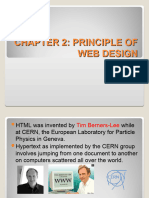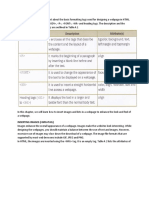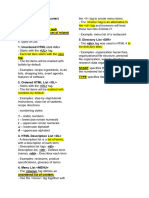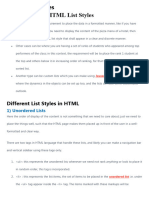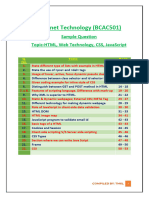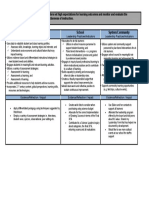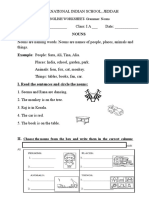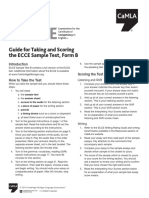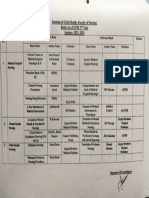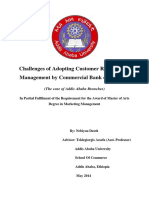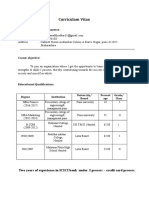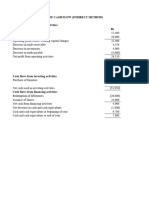0% found this document useful (0 votes)
82 views6 pagesClass 10 Chapter 4 (Using Lists and Images in HTML)
This document provides notes on using lists and images in HTML for Class 10 students at Neeldeep Academy Jaunpur. It covers the types of lists (ordered, unordered, and description lists), their respective HTML tags, and how to create nested lists. Additionally, it explains how to insert images using the <img> tag and outlines various attributes associated with it.
Uploaded by
pprakhar44Copyright
© © All Rights Reserved
We take content rights seriously. If you suspect this is your content, claim it here.
Available Formats
Download as PDF, TXT or read online on Scribd
0% found this document useful (0 votes)
82 views6 pagesClass 10 Chapter 4 (Using Lists and Images in HTML)
This document provides notes on using lists and images in HTML for Class 10 students at Neeldeep Academy Jaunpur. It covers the types of lists (ordered, unordered, and description lists), their respective HTML tags, and how to create nested lists. Additionally, it explains how to insert images using the <img> tag and outlines various attributes associated with it.
Uploaded by
pprakhar44Copyright
© © All Rights Reserved
We take content rights seriously. If you suspect this is your content, claim it here.
Available Formats
Download as PDF, TXT or read online on Scribd
/ 6
































